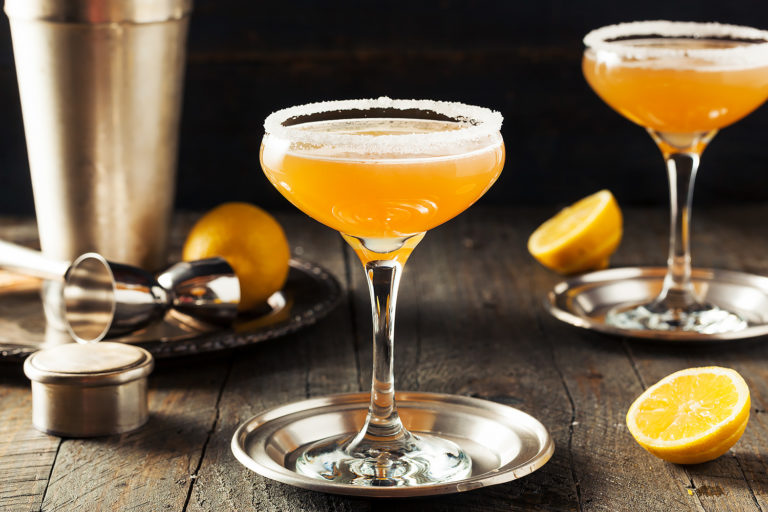The history of the Sidecar Cocktail
As with many classic cocktails, the exact genesis of the Sidecar is unknown. Based on its similarity to Brandy Daisy, which was first mentioned by Jerry Thomas in 1876, it is reasonable to assume that it was invented before it was first mentioned in writing.
It first appeared in 1922 in the two books Harry’s ABC of Mixing Cocktails by Harry MacElhone and Cocktails and How to Mix Them by Robert Vermeires.
In the first editions of MacElhone’s work, he attributed the invention of the sidecar to Robert Vermeires, a London bartender. In later editions, Vermeires was no longer mentioned and MacElhone referred to himself as the inventor.
David A. Embury, who listed the Sidecar as one of six basic cocktails in his book The Fine Art of Mixing Drinks (1948), attributed the drink to an American Army captain. The latter is said to have been stationed in Paris during the First World War.
The short drink is said to have received its name from the captain’s typical vehicle. The latter loved his motorcycle with sidecar, which in English is simply called a sidecar.
